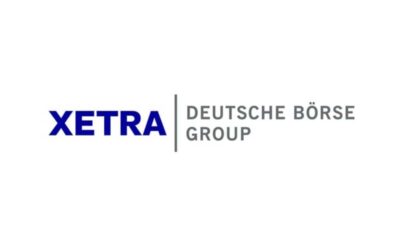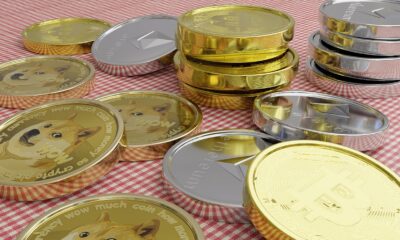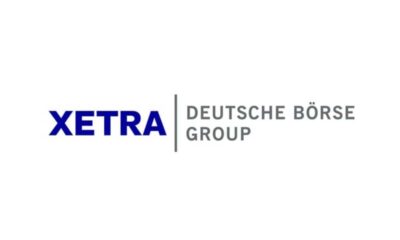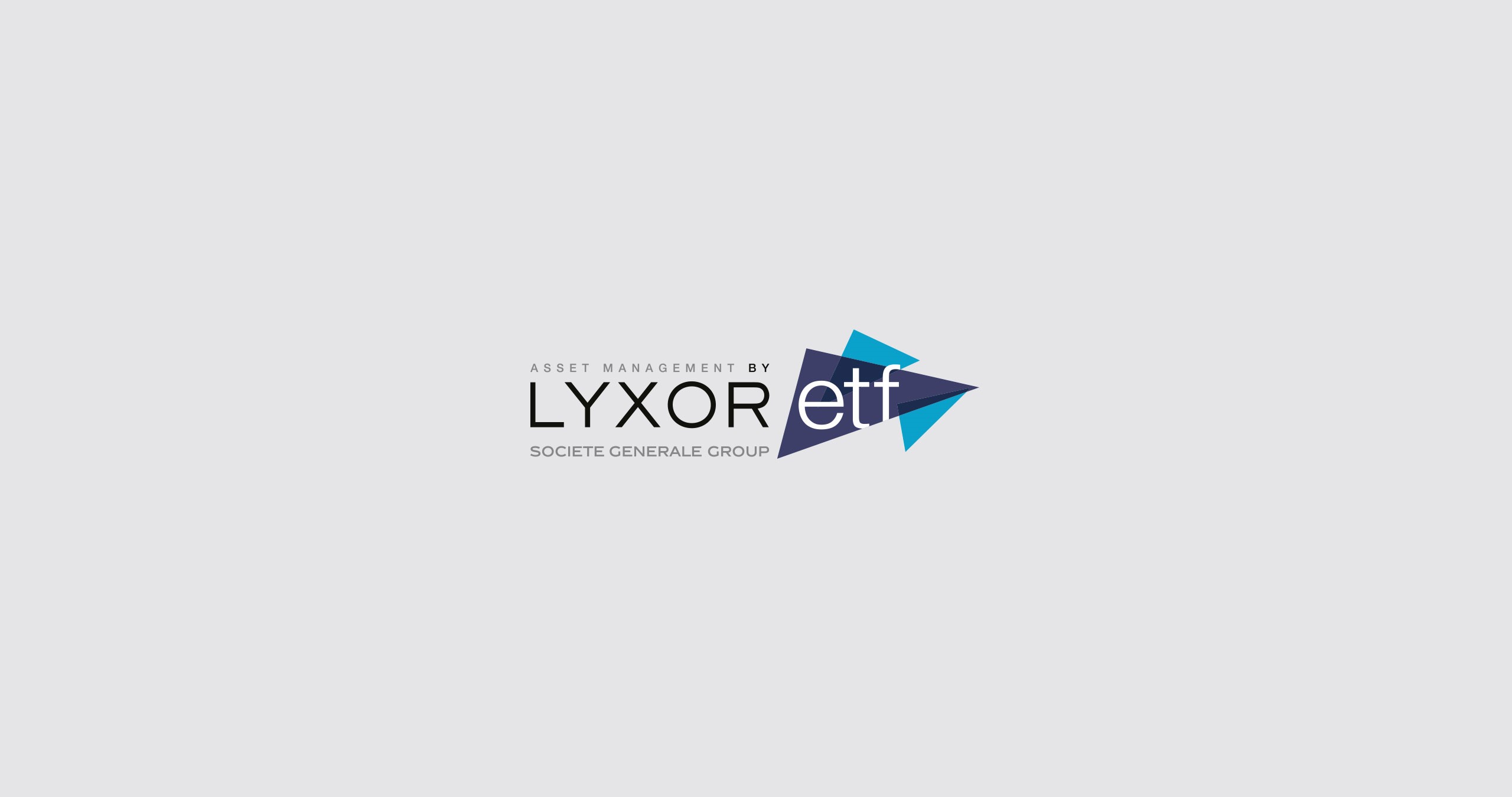Hållbara ETF:er i form av ESG-ETF:er lockade en majoritet av alla inflöden till ETF:er förra året, motsvarande 45,5 miljarder euro, vilket stod för mer än hälften av det totala inflödet (51%) och representerade mer än dubbelt så stora tillgångar som inkom under hela 2019, enligt Lyxor ETF Research:s ”2020 Money Monitor”.
ESG-ETF:er har inte haft utflöden under en enda månad sedan början av 2019. När volatiliteten på marknaden var som störst under mars 2020 har Lyxor ETF Research kunnat konstatera att de varit motståndskraftiga, med positiva flöden motsvarande 400 miljoner euro, medan resten av ETF-marknaden haft utflöden på motsvarande 26,2 miljarder euro. Att begränsa klimatförändringarna tillhör ett av investerarnas främsta orosmoln, och trots att de är så pass nya så attraherade hållbara ETF:er och klimat-ETF:er 2 miljarder euro.
En djupgående analys av det föregående årets flöden
Rapporten ”2020 Money Monitor” är en djupgående analys av det föregående årets flöden till 28 000 europabaserade öppna fonder (open-ended funds) och börshandlande fonder, vilket ger en heltäckande bild av de viktigaste trenderna och drivkrafterna inom europeisk kapitalförvaltning.
Totalt sett, i en finansmarknadsmiljö som till följd av Covid-19-pandemin saknar motstycke, attraherade europabaserade ETF:er 89,3 miljarder euro – efter ett rekordår på 102,6 miljarder euro 2019 – vilket motsvarar 13 % av de totala flödena till fonderna (i linje med deras genomsnitt på 13 % under de senaste fem åren), vilket är det tredje största årliga inflödet någonsin.
Efter ett första kvartal som präglades av 11 miljarder euro i utflöden mot bakgrund av utbrottet av pandemin, har de historiska stödåtgärder som centralbankerna levererat världen över bidragit till momentum på marknaden, tillsammans med en stark återhämtning. Risktillgångar stöttades och flödena strömmade tillbaka till ETF:erna, och den europeiska ETF-marknaden återhämtade sig med 100,4 miljarder euro i inflöden från april till december 2020.
Aktiefonder tog in 55,3 miljarder euro, och stod för de största flödena under 2020. Efter en tid med riskaversion och betydande utflöden i början av Covid-19-krisen, kom flera positiva nyheter – inklusive godkännande av flera Covid-19-vacciner – som stöttade rallyt av risktillgångar och drev en ackumulerad summa motsvarande 34,7 miljarder euro till aktie-ETF:er under november och december 2020.
Räntebärande tillgångar fick betala det högsta priset
Inflödet till räntebärande fonder uppgick till 32,9 miljarder euro förra året jämfört med 53 miljarder euro 2019. Räntebärande tillgångar fick betala det högsta priset för covid-19-krisen, med rekordutflöden på -144,7 miljarder euro i mars 2020 över räntebärande fonder och ETF:er, men det senare stod däremot bara för 8 % av de totala utflödena, vilket visade på deras motståndskraft även i de mest turbulenta perioderna av oro på marknaden. Utflödena bredde ut sig över flera underkategorier. Amerikanska statsobligationer förblev en av få tillflyktsorter, (med 120 miljoner euro). Mer riskfyllda segment som High Yield och Emerging Markets Debt drabbades av mycket betydande utflöden.
Vincent Denoiseux, chef för ETF Research and Solutions på Lyxor Asset Management, kommenterade: ”Investerarnas aptit för ETF:er avtog inte under förra årets turbulens på marknaden, då ETF:er visar sig vara likvida och tillförlitliga sätt att få tillgång till marknader, även när volatiliteten var som högst. Pandemin belyste också den imponerande ökningen av efterfrågan på Hållbara ETF:er och ESG-investeringar, där ETF:er, som för bara några år sedan uppfattades som nischprodukter fortsatte mot att bli ny marknadsstandard. Investerarna blir allt mer medvetna om sin påverkan på möjligheten att omfördela kapital i stor skala mot en mer hållbar ekonomi, och vi förväntar oss att denna trend kommer att fortsätta under de kommande åren.”

 Nyheter1 vecka sedan
Nyheter1 vecka sedan
 Nyheter3 veckor sedan
Nyheter3 veckor sedan
 Nyheter3 veckor sedan
Nyheter3 veckor sedan
 Nyheter4 veckor sedan
Nyheter4 veckor sedan
 Nyheter3 veckor sedan
Nyheter3 veckor sedan
 Nyheter1 vecka sedan
Nyheter1 vecka sedan
 Nyheter3 veckor sedan
Nyheter3 veckor sedan
 Nyheter2 veckor sedan
Nyheter2 veckor sedan






















